To simply call Mary Sibande an "artist" would be to severely underrepresent someone who has become a force in the art world, as much for the work that she creates as for her role as a mentor to emerging artists and a leader of a community of creative people. Sibande is an international household name in the contemporary art world. Her imagery is striking, and it's won her numerous accolades, among them the Helgaard Steyn Prize for Sculpture, the Smithsonian National Museum of African Art Award, and the Standard Bank Young Artist Award for Visual Arts.
Born in Barberton, Mpumalanga, Sibande has made Joburg the base for her wide-ranging artistic activities. She's also used the city as her canvas, with monumental posters of her alter ego, Sophie, emblazoned across the cityscape – a long-running character in work – seen by motorists crossing bridges and pedestrians walking Joburg's streets.
Talking about Sophie in an interview with Stir World, Sibande said: "The character of Sophie is my alter ego, and she plays out the fantasies of the maternal women in my family. I tasked myself with creating this mythical figure that I imagined from stories that my forebear[s] used to share with me. Their stories were the result of the political system of apartheid that determined a particularly impoverished station in life; lives of servitude. Sophie comes as a culmination of their collective escapism; the escapism used in the work to tell stories through sculpture, dress and installation."
Four years after Sophie entered public consciousness in 2019, Sibande decided to let her go. "Everywhere I went, people had ideas for what she should do next," the artist tells us. She wanted to be free of external expectations and continue to make art on her own terms. However, the symbolic resonance of Sophie in a country like South Africa cannot be underestimated. "[She] was familiar to everyone," says Sibande. "If she wasn’t their mother, she was their aunt, their grandmother, their neighbour, the woman who cared for their children or looked after their home. Sophie represented every woman who played those roles in people's lives."
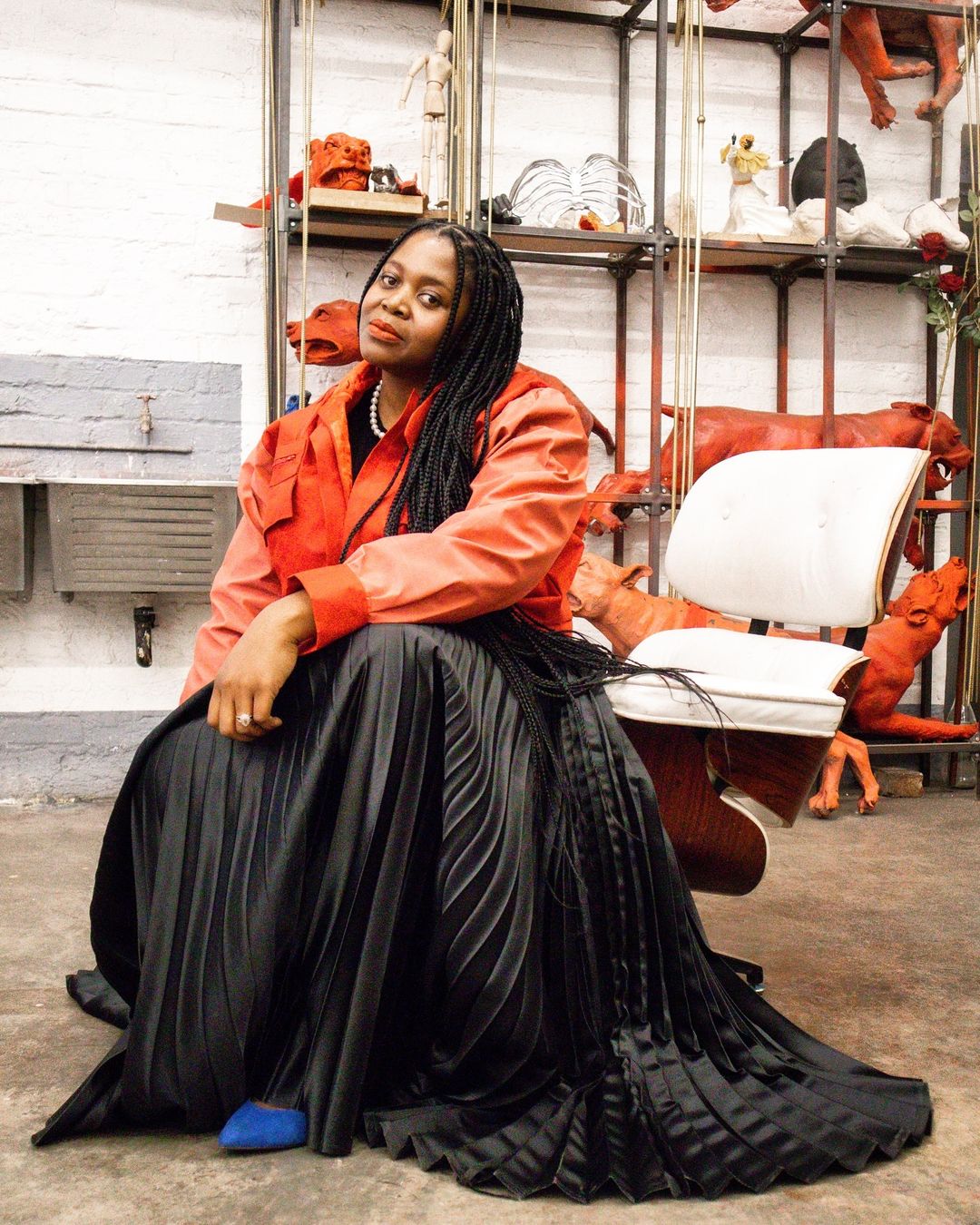
Now that Sophie has re-entered Sibande's imaginative output, her posture is dramatically different. Where she was previously seen in acts of service, she now engages in leisurely pursuits. Reclamation is an ideal that speaks to much of what Sibande is about as an artist. A way to merge remembrance with reinvention, and move boldly forward. We're fascinated by Sibande's distinctive visual language, the messages she weaves into her work, as well as her philosophy around art and community. The mentorship project she began with her husband and fellow artist Lawrence Lemaoana, titled Occupying the Gallery, is a testament to this, and it's been exciting to watch it unfold.
As the latest iteration of Occupying the Gallery shows at David Krut's The Blue House gallery in the group exhibition Reclaiming Quarters (Sat, Oct 19 – Tue, Nov 12), we're taking the opportunity to get to know more about Sibande's artistic practice and relationship to the city. We spoke to her about transparency in the art world, Joburg's legacy of "locations in the sky", and opening new avenues.
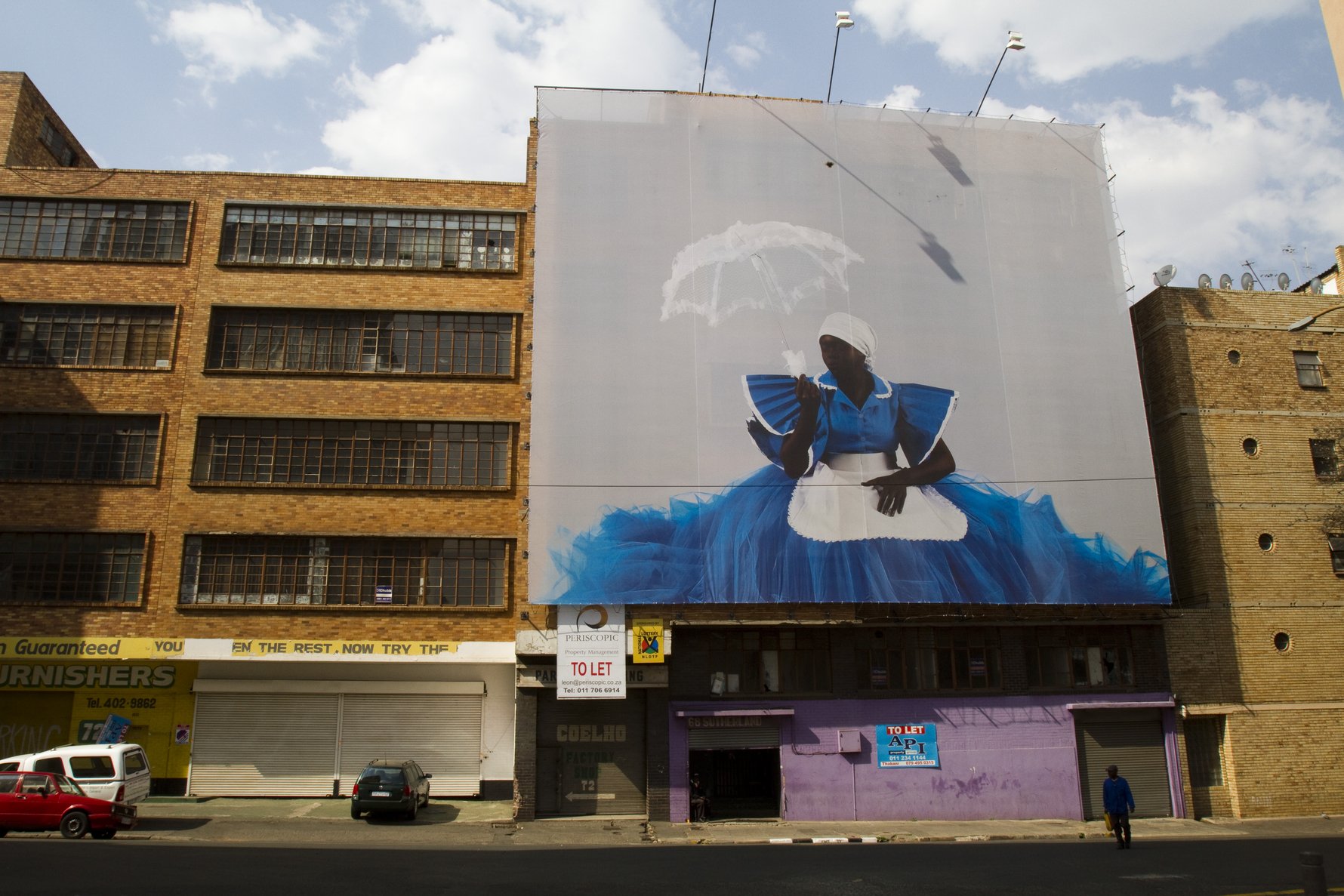
"I’ve always believed in the importance of community because, when I was emerging as an artist, someone opened the door for me."
Occupying the Gallery has seen you mentor a group of emerging artists and involves taking up residency around the city, collaborative practice, and exhibitions. Was this always part of the plan?
I, along with Lawrence Lemaoana, fellow artist and co-founder of Occupying the Gallery, were approached by several emerging artists and prize winners seeking mentorship. After being approached multiple times, we decided to formalise the mentorship programme, drawing from the experience we had with the mentees we had already guided. This project evolved from the organic interactions between Lawrence and me with these emerging artists, and it now includes residency opportunities, collaborative practices, and exhibitions around the city. We then approached Mosa Anita Kaiser to project manage Occupying the Gallery.
Occupying the Gallery seems to counter the idea that art is a solitary or solo practice. What has made you want to invest in community in this way?
I’ve always believed in the importance of community because, when I was emerging as an artist, someone opened the door for me. I was fortunate to have mentors like Thembinkosi Goniwe and Gordon Froud, who guided me and helped shape my path. That support made me realise early on how crucial guidance and mentorship are in this journey. When I was young and emerging, I promised myself that one day, when I was able, I would open doors for other artists. Now I have the ability to do just that – using my connections to help young artists make important strides in their careers, offering them the support and direction they need to grow.
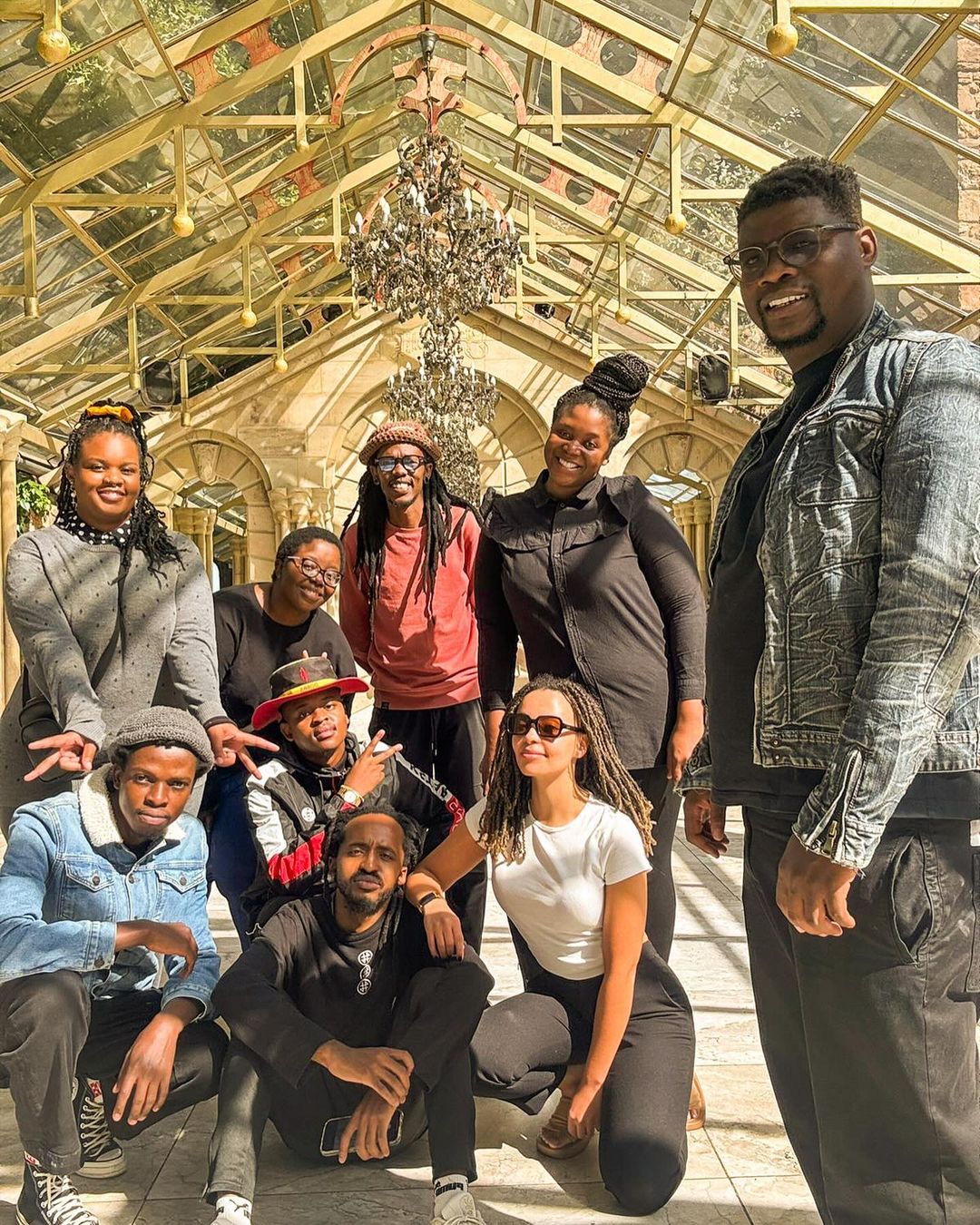
Do you think that the art world needs to be demystified?
The workings of the art world definitely need to be more transparent. At Occupying the Gallery, we aim to "plug" into the system by showcasing the work of artists who demonstrate potential. Both Lawrence and I are aware of the currency, both real and imagined, that we've built through years of practice, travel, and learning. We strive to use that creative energy to empower the mentees whose work and potential we have come to know intimately.
That said, some elements of the art world should retain their mystery and abstraction. Art doesn't always require a clear explanation; it often thrives on intellectual and emotional engagement. The experience of Covid-19 and its lockdowns prompted artists to have more honest conversations, both within and outside the gallery system. These "real talks" revealed the struggles of solitude and the feeling of being forgotten by galleries, pushing individuals to seek "other ways" of working and expressing themselves. Occupying the Gallery emerged from this context, aiming to bridge the gaps and provide support to artists in need.
What's the most surprising thing you have discovered through Occupying the Gallery?
That there is a genuine space and demand for what we’re doing, both from potential occupants and collectors. Our artists consistently produce exceptional artworks, and we emphasise to collectors the importance of investing in emerging artists before their prices rise. This realisation has reinforced my belief in the value of nurturing talent and the potential for growth within the art community. It’s exciting to see how our efforts not only support artists but also create opportunities for collectors to discover fresh, impactful voices in the art world.
"The rainbow is full of vibrant possibilities, but it also carries its clouds. We have to recognise those complexities and build from them to create a future that embraces and empowers everyone."
The latest outworking of this project is the group show Reclaiming Quarters, created at David Krut Workshop. Tell us about your work for this series, and how sites of oppression can be transformed into spaces of possibility.
In Reclaiming Quarters, the concept of "quarters" runs through my work and those of Lusanda Ndita and Hoek Swaratlhe, symbolising the spatial control and dehumanising conditions imposed on non-European people under apartheid. My contribution to the exhibition explores how these confined spaces – whether domestic quarters, migrant labour hostels, or segregated townships – were reflections of apartheid’s broader structures of racial oppression, shaping both personal and collective identities.
Through this shared exploration, we reclaim these quarters not just as reminders of suffering, but [also] as sites of memory, resistance, and transformation. My work in this series aims to challenge the historical narrative by presenting these spaces as places where resilience and defiance flourished, where people found ways to navigate and resist their circumstances. By engaging with the physical and symbolic remnants of these quarters, I aim to reimagine them as spaces of possibility, spaces where histories of struggle are honoured, and where new narratives of empowerment can be envisioned.
In this way, Reclaiming Quarters transforms sites of oppression into areas for reflection, healing, and potential – where the past informs the present and opens new futures.
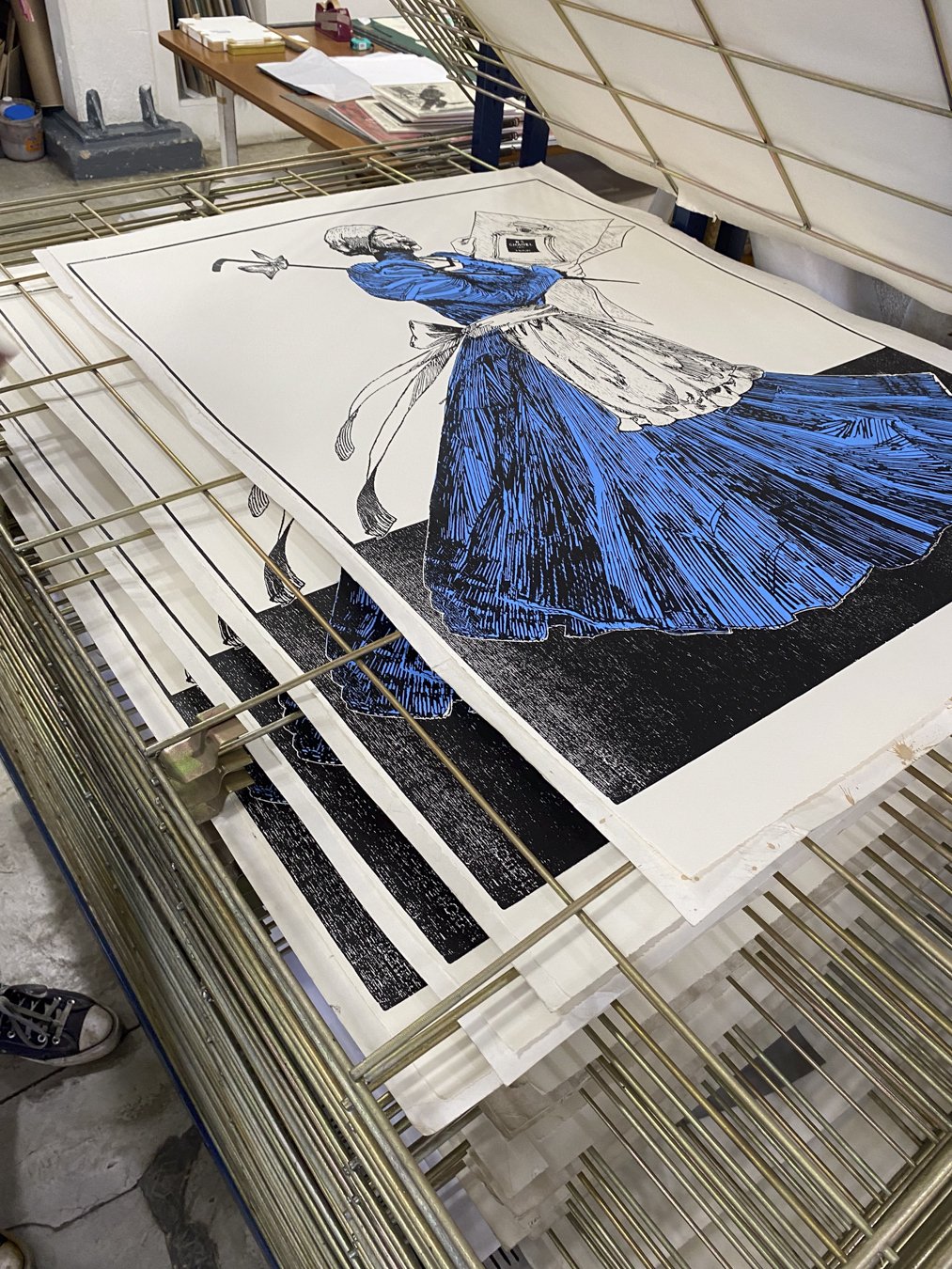
You are a Joburg artist, a South African artist, and a global artist. What message about this place do you seek to take to the world stage?
The message I want to share with the world is about the depth and richness of our history – a story that needs to be told from all possible angles. By sharing these different narratives, we begin to heal and move closer to realising the true essence of the rainbow nation. The rainbow is full of vibrant possibilities, but it also carries its clouds. We have to recognise those complexities and build from them to create a future that embraces and empowers everyone.
"In many ways, Sophie has taken on a life of her own, travelling through the spaces of Joburg, from buildings to streets, embodying both the history and the possibility of black women in South Africa."
Your character Sophie has occupied so much of your work and has travelled so many paths in Joburg, including at one time being displayed on buildings across the city. It's as if she is a figure in her own right. Tell us about your relationship with her.
In my work, Sophie is an avatar I created to honor my forebears who were domestic workers. She represents the countless black women who navigated the limited job opportunities available to them during apartheid, and even today. Dressed in the blue and white colors associated with South African maid uniforms, Sophie wears the apron and headscarf typical of domestic workers. However, her attire is far from functional. Instead, it’s an elaborate, extravagant gown with tulle, ruffles, lace, and chiffon, reminiscent of the luxurious clothing worn by white women of leisure in 19th-century British South Africa.
Through Sophie, I explore the tensions between servitude and empowerment, transforming her into a figure that reclaims the dignity and resilience of black women in a system designed to suppress them. In many ways, Sophie has taken on a life of her own, travelling through the spaces of Joburg, from buildings to streets, embodying both the history and the possibility of black women in South Africa.

In her life-sized and gestural form, Sophie elicits a strong emotional response from viewers. What are some stand-out or particularly rewarding moments of public interaction you've encountered since Sophie first became a feature of your work in 2009?
In 2013, I made a conscious decision to let Sophie go. Everywhere I went, people had ideas for what she should do next – how she should act, what she should wear, and even what her next steps should be. I had TV producers approaching me with questions for their shows about domestic workers, and everyone seemed to have an opinion about Sophie. I remember asking myself why people of all backgrounds felt such a strong connection to her.
Then I realised – Sophie was familiar to everyone. If she wasn’t their mother, she was their aunt, their grandmother, their neighbour, the woman who cared for their children or looked after their home. Sophie represented every woman who played those roles in people's lives. That’s when I decided to let her go. I came up with the idea that Sophie needed to go into exile – she took herself into a self-imposed exile. But now, she’s back. This time, she’s sending letters to the very same people, but instead of being in service, she’s engaging in leisurely activities, reclaiming her time and space.
"The city has been a site of struggle and resilience, which has given rise to a vibrant creative community that seeks to express, challenge, and reclaim these histories."
In some ways, this city is an artist's city, with such a rich world of artistic activity. Why do you think that is, and what would you add to it if you could?
Johannesburg is indeed an artist's city, rich in cultural and artistic activity, largely because of its complex history and the diverse narratives that emerge from it. The city has been a site of struggle and resilience, which has given rise to a vibrant creative community that seeks to express, challenge, and reclaim these histories. Artists here are not only reflecting their experiences, but also engaging with the broader social and historical contexts that shape our identities.
If I could add to this artistic landscape, I would focus on creating more collaborative spaces that foster dialogue among artists from different backgrounds and disciplines. These spaces could serve as platforms for exploring the intersections of art, history, and social justice, allowing for deeper engagement with the past while envisioning new futures. Additionally, I would promote initiatives that support emerging artists, particularly those from marginalised communities, to ensure that a wider range of voices is heard and celebrated in the city’s artistic narrative. By amplifying these diverse stories and experiences, we can continue to enrich Johannesburg’s cultural tapestry and contribute to its evolution as an artist’s city.
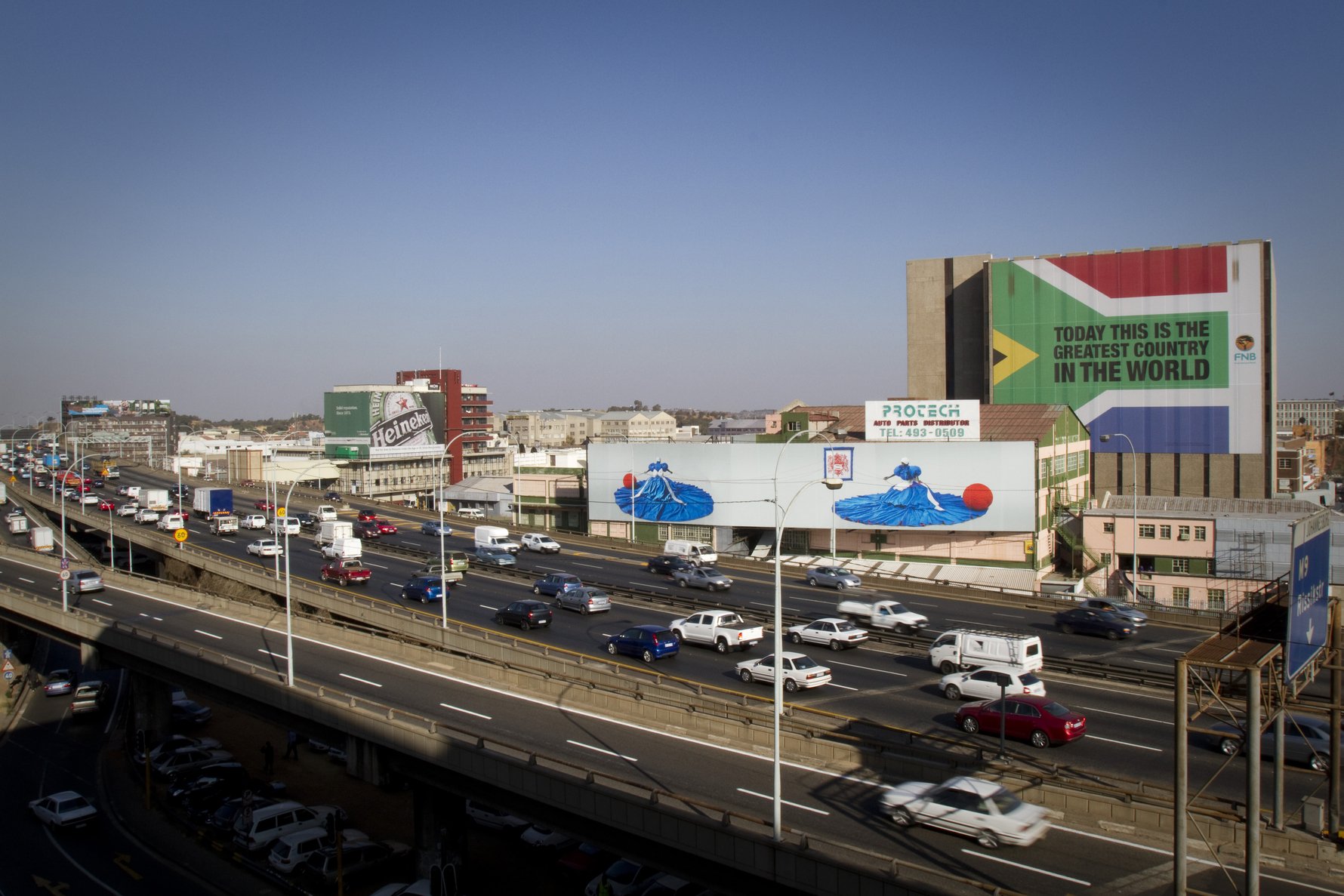
What brought you to Joburg?
My mother moved to Joburg in the 90s and I followed after finishing matric to study at the University of Johannesburg.
Home is...
Where I'm with my family.
What is a surprising thing people might learn about Joburg by having a conversation with you?
The phenomenon of "locations in the sky". This refers to how domestic workers lived in elevated spaces like rooftops in areas such as Killarney, Hillbrow, and Berea. These workers were often expected to be on call 24/7 for their white employers, then enter [Hendrik ] Vervoed, who shut it all down in 1955.
What's your favourite Joburg suburb, and why do you choose it?
I would say The Parks, which are known for having many jacaranda trees, especially in the spring when they bloom with vibrant purple flowers. The beautiful jacaranda-lined streets create stunning canopies of colour.
What three things should a visitor not leave Joburg without seeing or experiencing?
1. The Apartheid Museum.
2. Vilakazi Street in Soweto: The only street in the world that has housed two Nobel Peace Prize recipients, Nelson Mandela and Desmond Tutu. It's an essential part of South African heritage and a window into its revolutionary history.
3. Constitution Hill: A historic site that once served as a prison and now houses South Africa's Constitutional Court. It's a powerful reminder of the country's journey towards democracy.
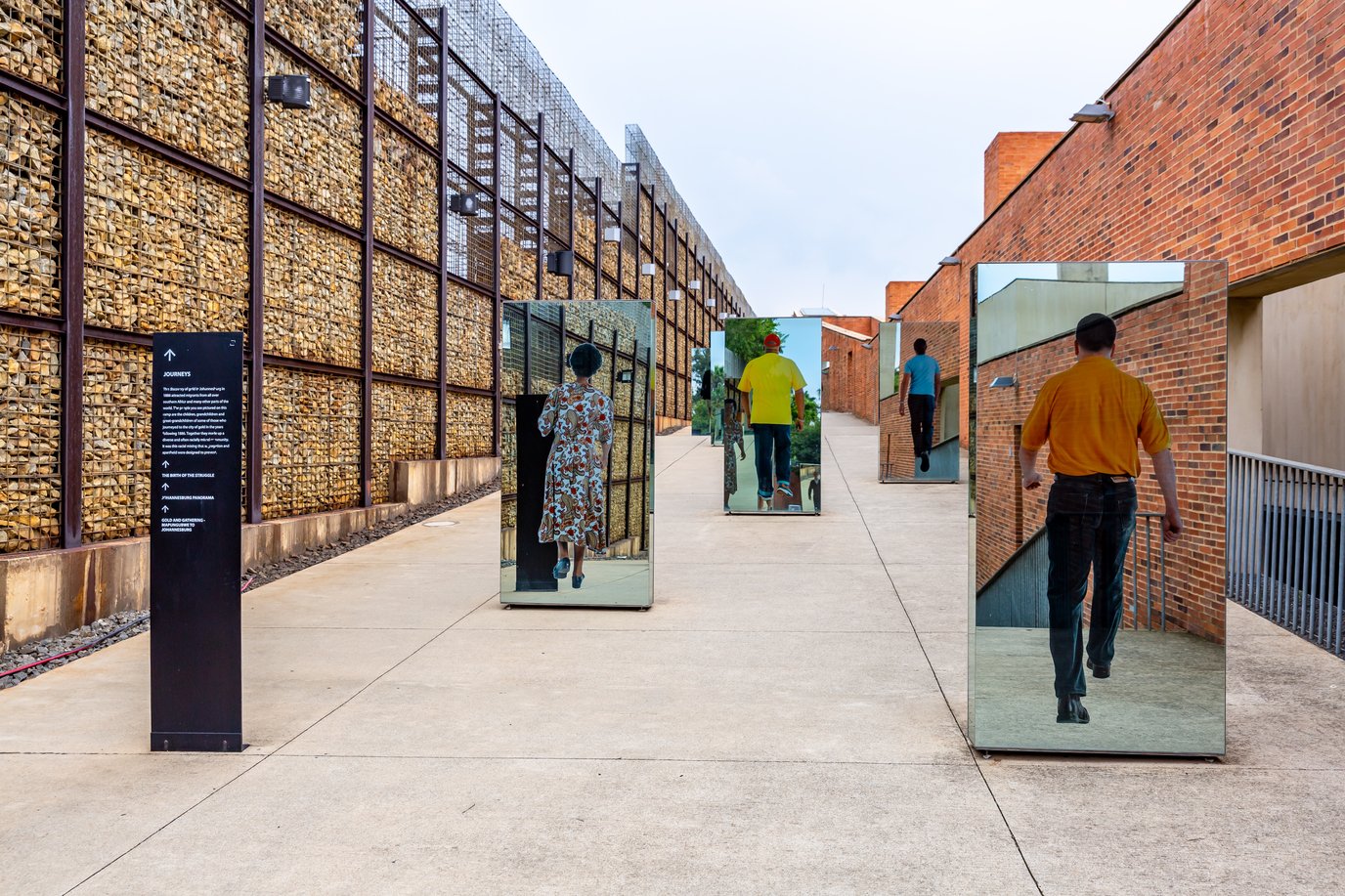
Your favourite Joburg author or favourite Joburg book?
Call Me Woman by Ellen Kuzwayo.
"A true Joburger is someone who not only knows the city well, but also cares deeply about its future."
One song on your Joburg soundtrack that is either about Joburg or makes you think about this city...
Hauteng by Miriam Makeba. The song captures the journey of men leaving their homelands to come to the city in search of work, particularly in the gold mines. Gauteng, known as the place of gold, symbolises not only opportunity, but also the sacrifices made by those who left their families behind to build a new life in the city.
For me, this song serves as a powerful soundtrack for Johannesburg, as it encompasses the complex history of the city, reflecting the hopes, struggles, and resilience of those who contributed to its development. Listening to Makeba’s beautiful and calming voice, especially at the crescendo, feels like a poignant reminder of the rich tapestry of stories that make up Joburg. It’s a quick history lesson that resonates deeply, capturing the essence of what this city represents.
What's the most memorable meal you have eaten in Joburg?
One of the most memorable meals I’ve had in Joburg was at a restaurant called Ant Café in Melville. Their thin-crust pizzas were absolutely delicious – there was something special about them that set them apart from other great pizza spots in the city. The simplicity of the ingredients combined with gourmet flavors created a unique dining experience. Even though Johannesburg has many places serving delicious pizza, Ant Café had a charm and quality that made it truly unforgettable.
If you could buy one Joburg building, which would it be?
The Chinese Cultural Centre on End Street in Doornfontein. It's a beautiful building adorned with stunning illustrations on the outside, which always captured my attention. Lawrence and I have dreamed of purchasing it one day to open a school. We would often see the centre while living at August House in the city, and it became a symbol of our aspiration to create a space that fosters learning and cultural exchange. The building's rich artistic presence would make it an inspiring environment for education and community engagement.
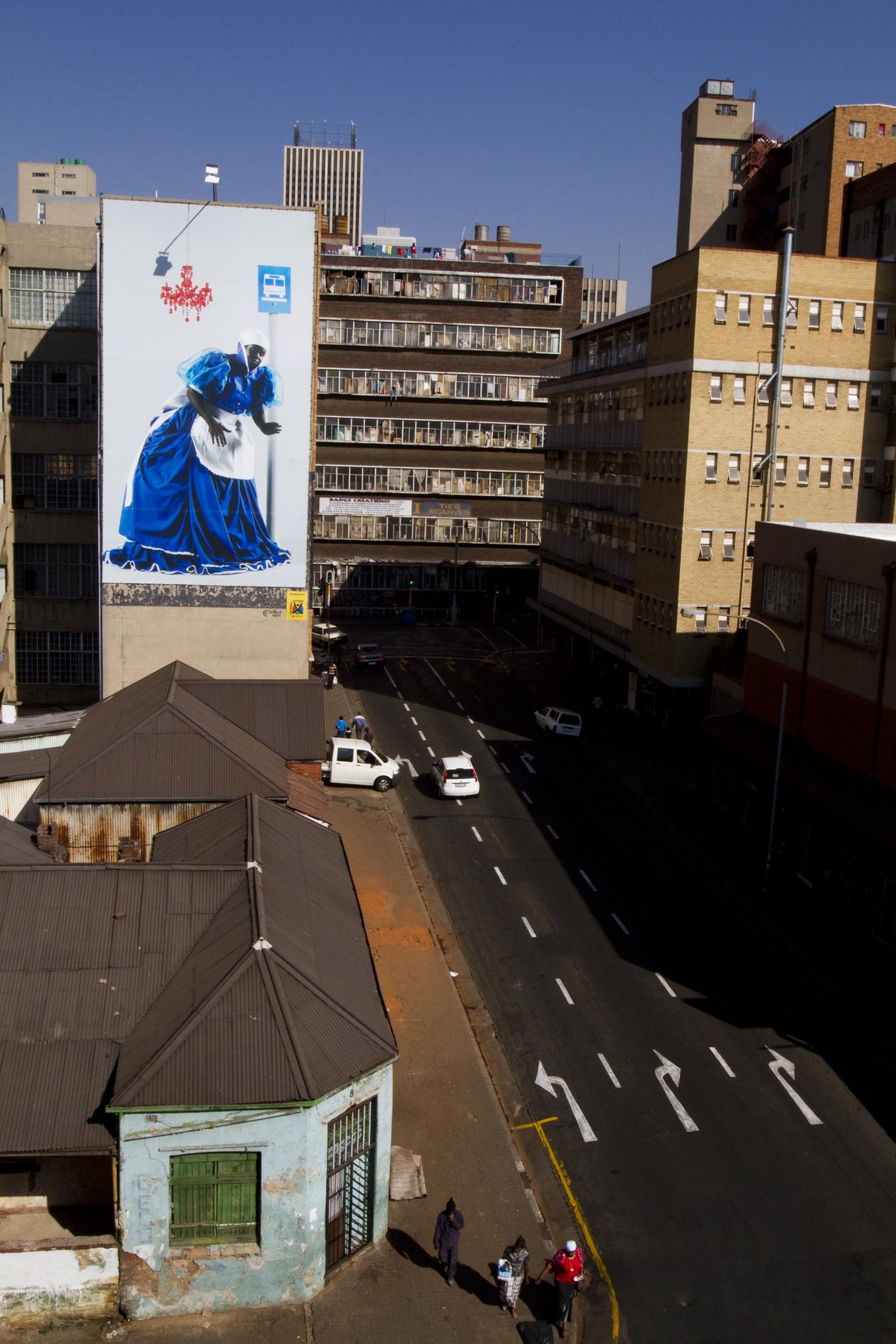
If you were Joburg's mayor for one day (average tenure), what would you change?
My focus would be on cleaning up the streets. I would ensure that police presence is increased at all corners to help create a safer environment. I long for the days when I could walk the city without the fear of getting robbed. Improving cleanliness and safety would encourage more people to enjoy the vibrant streets of Joburg and foster a sense of community pride.
What's your favourite Joburg label, and why?
Boys of Soweto. I’ve been following their work for some time now, and I love what they do. Their designs embody a unique blend of street style with a touch of bravado, offering everything from casual wear to stylish suits. It captures the essence of Joburg’s vibrant culture and energy, making it a true reflection of the city. The creativity and confidence they infuse into their pieces resonate with the spirit of Johannesburg, and I admire their ability to showcase the dynamic nature of our local fashion scene.
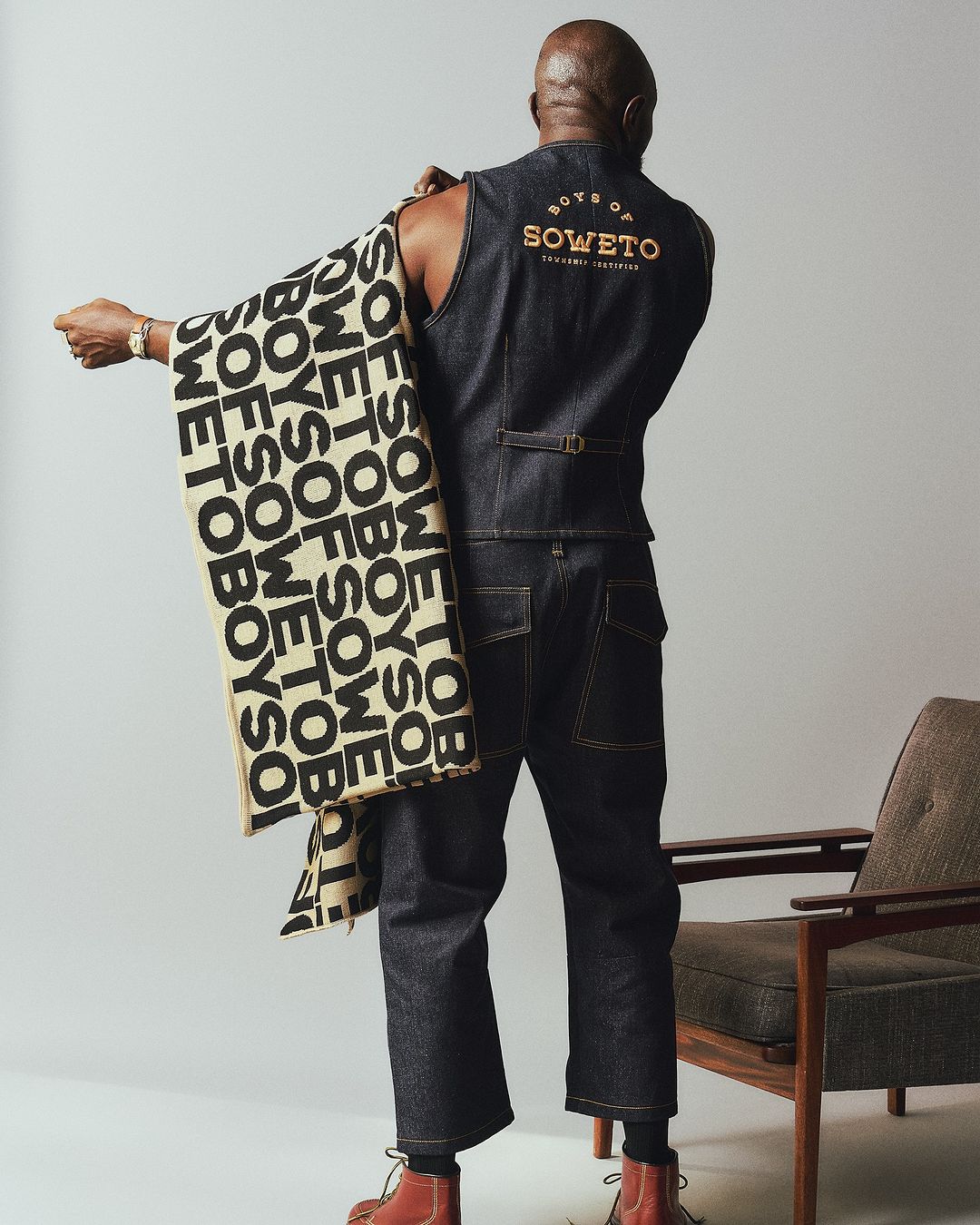
"The energy [in Joburg] is electrifying. There's always something happening, and you can feel the sense of possibility in the air."
What makes someone a Joburger?
A true Joburger is someone who not only knows the city well, but also cares deeply about its future. They appreciate the diverse cultures and histories that shape Joburg, celebrating its unique identity. Resilience and optimism define a true Joburger. They believe in the city’s potential for growth and improvement, despite the challenges it faces.
What do you love most about Joburg?
The creative spirit of Joburg is truly inspiring, with innovative artists and a vibrant arts scene that constantly pushes boundaries. I love how the city’s history, from its gold rush origins to its pivotal role in the struggle against apartheid, has shaped its unique identity. The energy here is electrifying. There's always something happening, and you can feel the sense of possibility in the air.
What do you least like about Joburg?
The prevalence of petty crime in the [City Centre] while walking on the streets. It creates an atmosphere of unease that can detract from the city's vibrant energy and beauty. This issue makes it challenging for residents and visitors to fully enjoy everything the city has to offer.
Your number one tip for a first-time visitor to Joburg?
Open your purse. Open your heart.
Who is one Joburg personality you would honour with the Freedom of the City if you could, and why?
I would say Maria McCloy. She knows a lot of people and is well connected to the Joburg community. Her extensive network and understanding of the city’s dynamics make her a significant figure in the local scene.
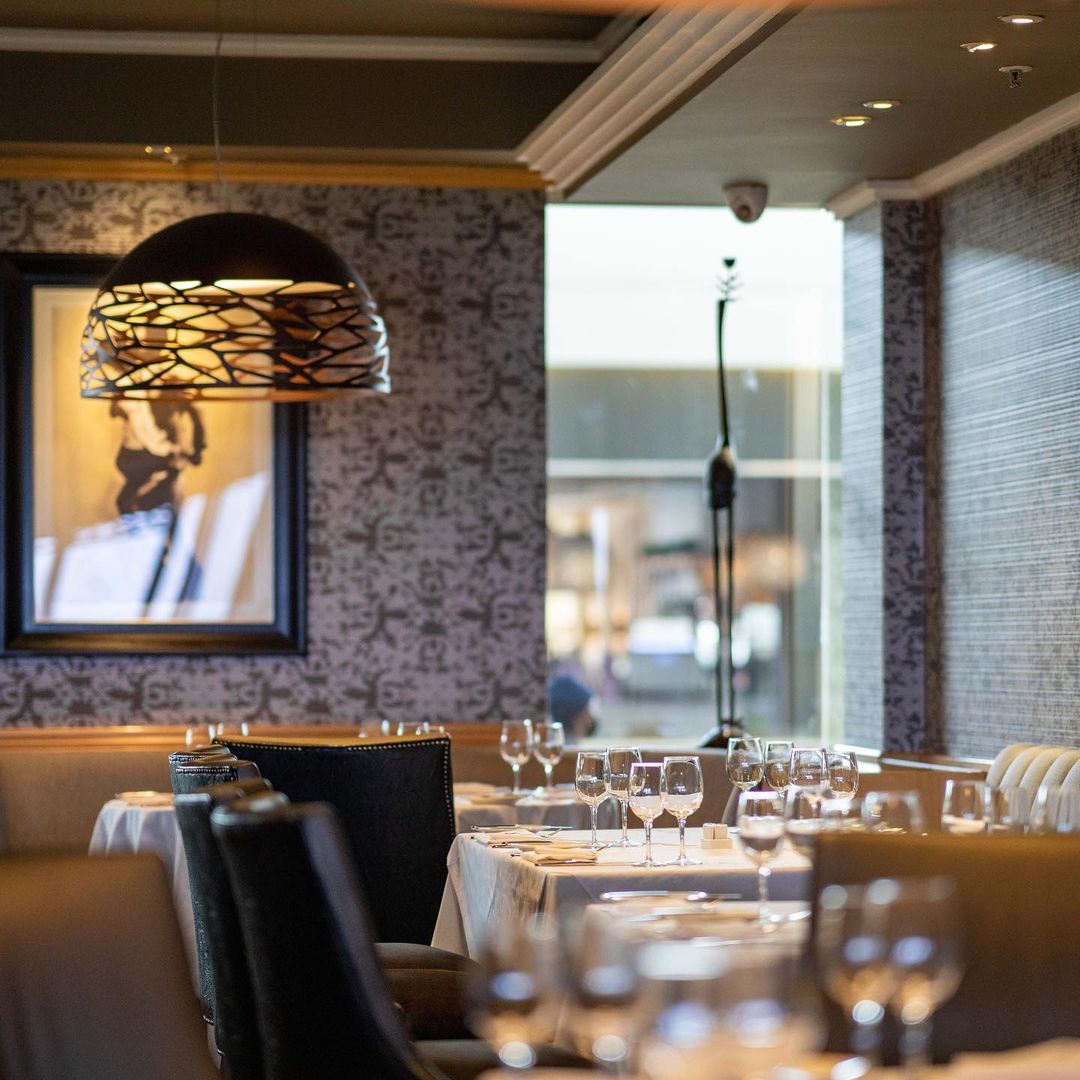
The perfect weekend in Joburg includes...
Visiting galleries and openings on Saturday morning, followed by some fine dining at Signature restaurant in the evening. The next day, I would take a drive to the Cradle of Humankind, where I can escape the skyscrapers and enjoy the beauty of tall trees and nature. Since I have a child, I would also include some fun activities for him, like visiting Neck & Deck, where he can see animals and feed giraffes while playing in a pool. It’s a weekend that balances culture, relaxation, and family fun.
Three words that describe this city.
Love, hate, and resilience.
Check out some of our previous #MyJoburg interviews for more insights into the city:
#MyJoburg with Alastair Findlay, painting the city
#MyJoburg with Flo Bird, heritage hero
#MyJoburg with Denzel 'Denzo' Nyathi, curator and creator



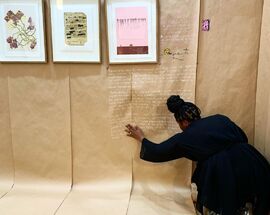
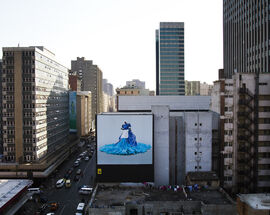



Comments